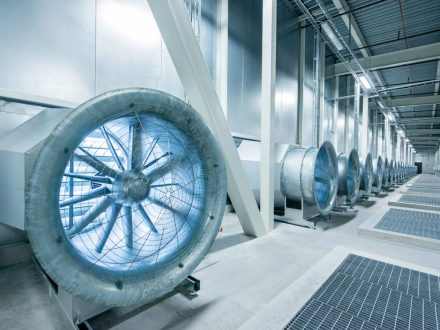HDD Data Centres can also benefit from Liquid Cooling

With the application of liquid cooling, the energy required for cooling has accounted for only 5 % of the total energy used.
Data storage platforms using HDD technology will be able to benefit from significant savings in their energy bills due to the reduction in consumption that will result from the application of liquid cooling technology in these data centers.
To achieve this it will only be necessary for the equipment to be based on high-capacity disks sealed with helium inside, an architecture that has been shown to significantly reduce the energy consumption associated with cooling, one of the procedures that increase the cost of maintenance of these facilities.
The application of liquid cooling to such equipment has been able to disprove the claim that it could not be applied to magnetic disk cooling. The doubts had to do with their water tightness, which made it difficult to submerge or surround them with cooling fluids due to the potential risk of leaks.
The latest generation of high-capacity HDDs, which are sealed and helium gas-filled, making them completely watertight, has made the difference between previous generations of storage devices and these now being able to benefit from liquid cooling.
In the tests that have been carried out, it has been possible to keep the devices running at a stable temperature of just 3°C regardless of the location of the units inside the rack, while maintaining the stability of the liquid leaving the cooling circuit at 40°C.
The main consequence has been that the energy expenditure required for cooling has accounted for only 5 % of the total energy used in the system. Another element that would disappear from the cooling systems for HBD discs would be the typical large fans which, with their rotation, required additional protection of the mechanical part of the discs so that they would not be affected by vibrations.